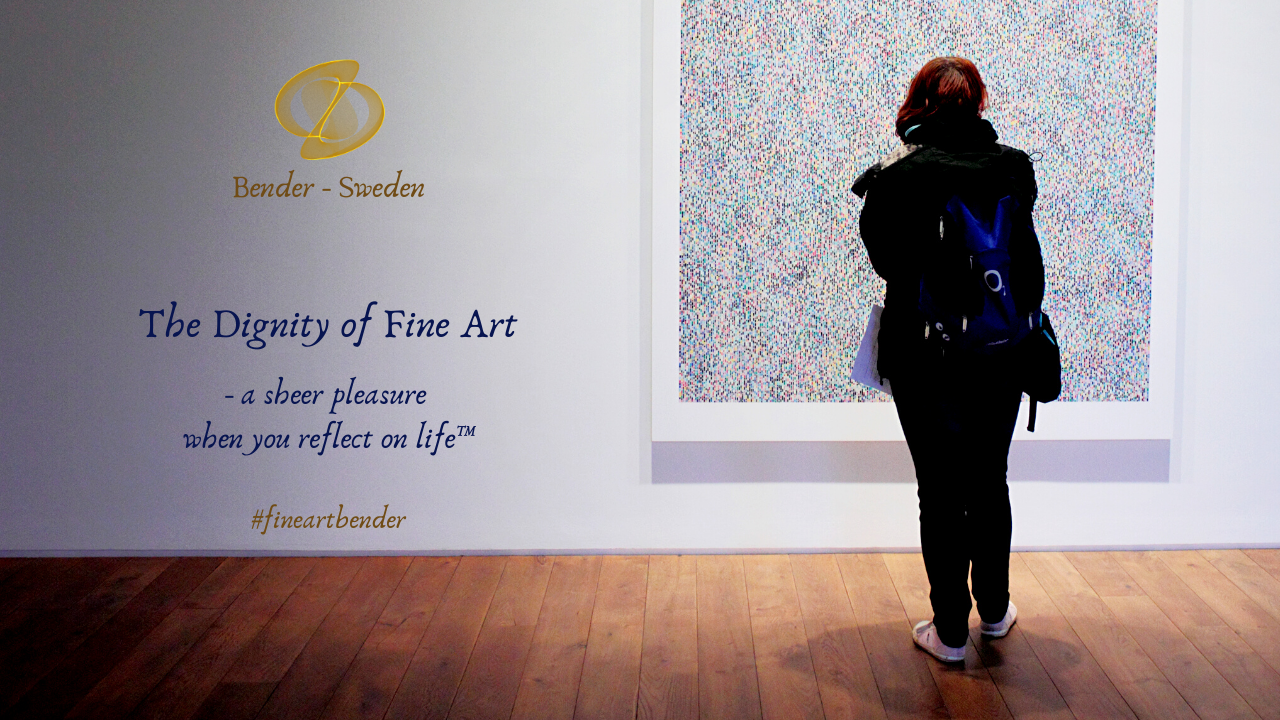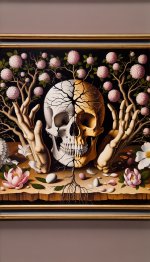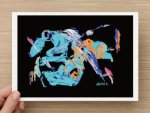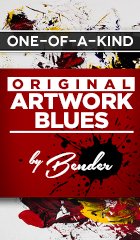Fine Art Poetry and Music
in expanding context of the painting
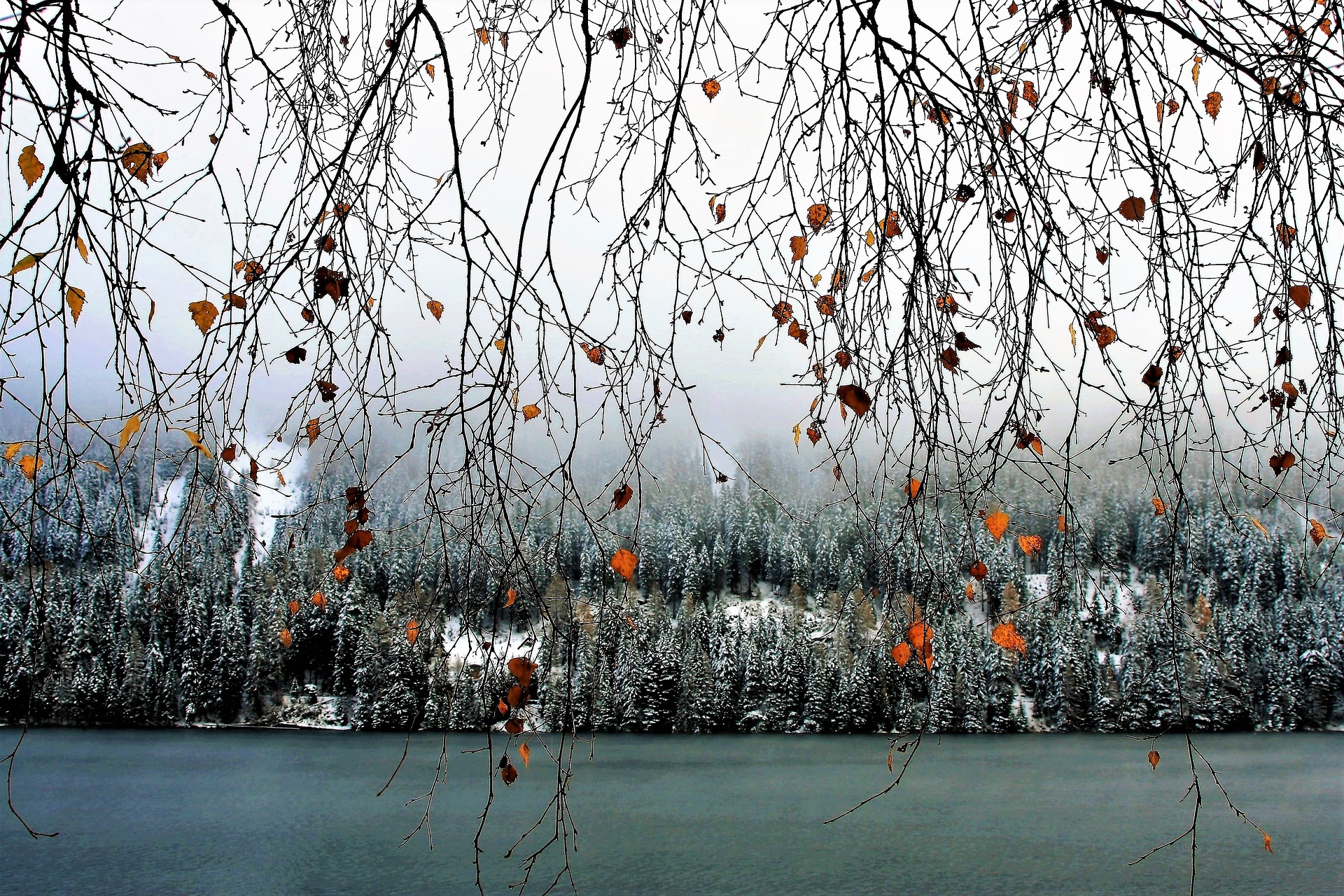
Fine Art Poetry and Music,
a combination that expands the painting
To apply poetry and music in the painting is about what I have learned from Virtual Art Academy, and the teacher, award winning artist Barry John Raybould, MA . (Raybold holds a Master of Arts from Cambridge University Cambridge, England 1979 and Bachelor of Arts, First Class Honours Degree 1974). The context of art poetry music, takes into account both the abstract and representational aspects of a painting.
In that perspective of the combined art poetry music, we take in consideration that a painting consists of visual music combined with visual poetry. The music of a painting is its sensuous, non-intellectual part. It derives from the physiological pleasure the human brain gets from making visual order out of the visual chaos of nature.
The poetry of a painting is what I as an artist is trying to communicate to you as a viewer through my painting. It is the emotion that is elicited from you the viewer, the context of art poetry music.
This video features an interdisciplinary project that joins poetry, music, visual arts and history. As part of an historical case study of The Great Migration, students studied the Blues, wrote original poems/blues songs, performed those songs for an audience, and created a book that combined the poems with original collage art. This film is a fine example of the arts providing a foundation for engaging students in learning and standards.
Video: Get Your Blues On: 4th Grade culture, history, poetry, music, visual art project
Art Poetry Music - Why these terms 'music' and 'poetry'?
The term 'music' fits in very well because of the various analogies between music and painting. (Once I was a musician, educated in classic guitar, so I am familiar with the relation). A good musical composition has harmony between its notes and a good painting has harmony between its colors and values. A good musical composition has an interesting rhythm in the time sequence of its notes, and a good painting has various rhythms in the spacings between its shapes.
Likewise good music takes advantage of repetition in sequences of notes with some variations. Repetition and variety in shapes and colors is one of the key principles in painting. Hence the strong analogy between painting and music.
To quote Raybold: “As for poetry, I cannot say it any better than a quote I recently read by William Carlos Williams (1883 - 1963) in a 1950 interview: "Poetry is language charged with emotion. Poetry is words, words rhythmically organized. A poem is its own complete small universe, it exists separately. Any poem that is/has worth expresses the whole life of the poet. It gives a view of what the poet is."
Just change the word 'poetry' in this quote to 'painting', and you'll see what I mean: "A painting is an image charged with emotion. A painting is shapes, lines, colors and values rhythmically organized. A painting is its own complete small universe, it exists separately. Any painting that is/has worth expresses the whole life of the artist. It gives a view of what the artist is."
Far music is about to see the whole, and near music is about to see the brushwork.
This is an introduction to Gary Becker's Fine Art & Poetry. Gary Becker is Jason Becker's father. Sales of Gary's art benefit the Jason Becker Special Needs Trust, which helps pay for some of Jason's needs.
Video: Gary Becker Fine Art & Poetry
Art Poetry Music and Composition
is a complex topic and involves everything we
need to know in order to make a painting “work”. This is often about small
details with the “risk” to be too narrowly in relation to the “big picture”. So
we have to understand the difference between the “poetry”and “music”of the
painting.
Poetry
As mentioned earlier, the poetry of a painting, as Raybold express it, is what
I as an artist is trying to communicate to you as a viewer through the
painting, and the emotion that is elicited from you. This is the intellectual concept
of the painting that arises from the illusion created by the painting.
The degree of representation of the subject and the illusion that is created
varies from pure abstraction, in which the image bears no direct resemblance to
any recognizable subject, to pure naturalism in which the artist has made the
image as close as possible to the actual appearance of the subject. And to
include a poetic element, Raybold mean a painting needs to:
1. represent, resemble, or at very least suggest something, however abstract that representation may be, and
2. focus
that illusion into some idea or concept (often something to do with human
emotions), or expressed as the doorway to our soul.
Music
The music of a
painting is its sensuous, non-intellectual part. It derives from the
physiological pleasure the human brain gets from making visual order out of the
visual chaos of nature. As an artist I try to translate nature´s complexity
into a rythm of simpler shapes, colors and values and the same time creates
color harmony from the kaleidoscope of often inharmonicus colors that are found
in nature. This is done by selectively choosing what to paint and by using the
appropriate colors to achieve that harmony. The music works in two ways:
- when it is seen from a near distance.The near music dervives from how the paint has been applied to the painting and in the rythm and shapes of the brushwork.
- when the painting is seen from a far distance, and
Art Poetry Music - And defining a painting from this
perspective
From this perspective we can therefor define a
painting as visual poetry combined with visual music and created using a
painting process. One interesting thing about this is to to help us place
contemporary work and the great changes that painting went through during the
20th century (from abstract to photo realism, and conceptual art)
into a much broader and more understandable historical context. Reference: (Raybold,
2012).
Explore examples of visual poetry (poems that are designed to be seen) through the works of American poet Douglas Kearney, American artist Carrie Mae Weems, and Japanese surrealist Kansuke Yamamoto. Discover ideas for creating your own visual poems inspired by these artists.
Video: How to Make a Visual Poem
Forward from Fine Art Poetry and Music to
Index or Site Map
Since 1987
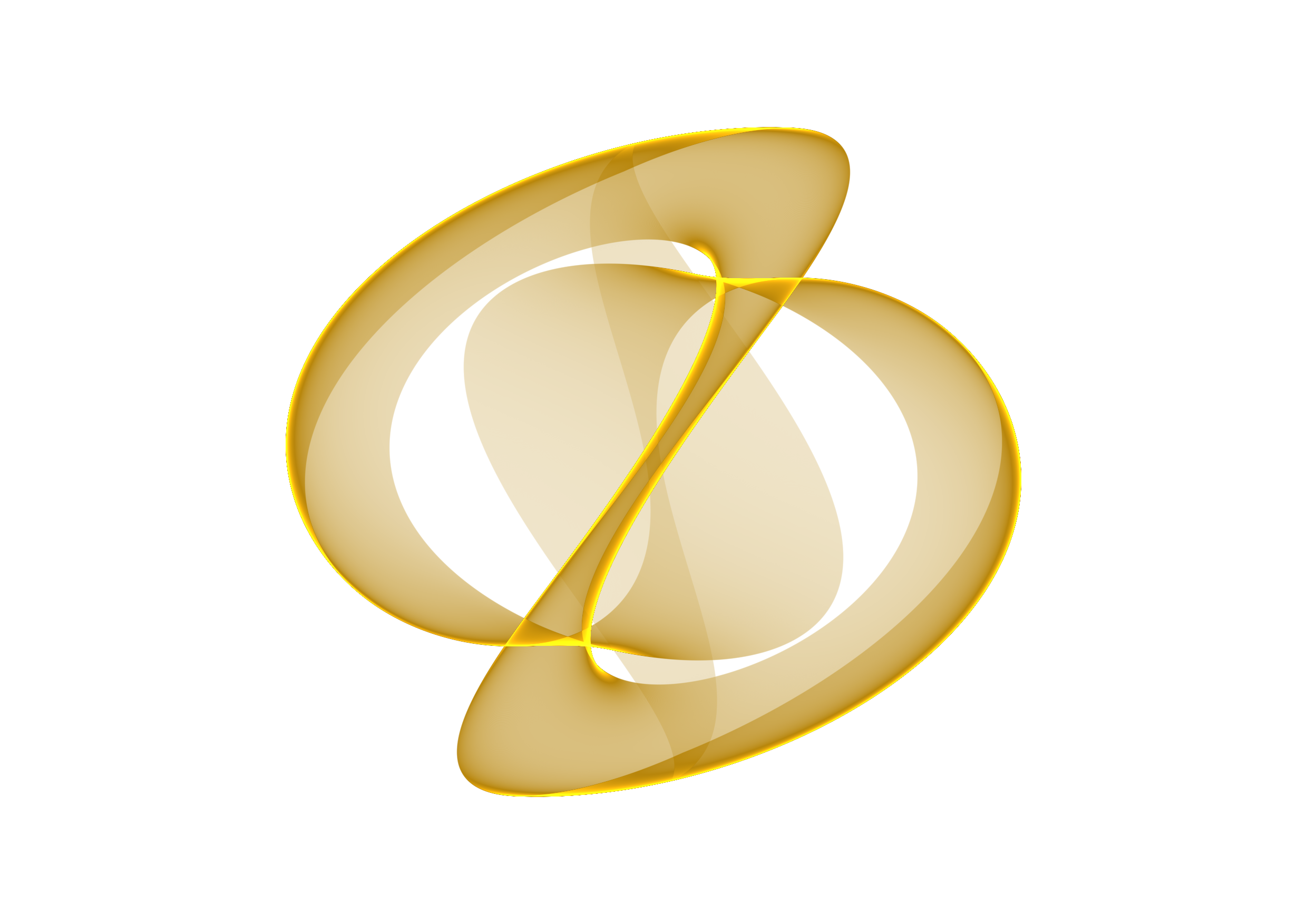
- Vision -
Inspiration - Purpose - Target
- Goals - Strategy
2025?
Nothing is more powerful
than an idea whose time has come.
- Victor Hugo -
